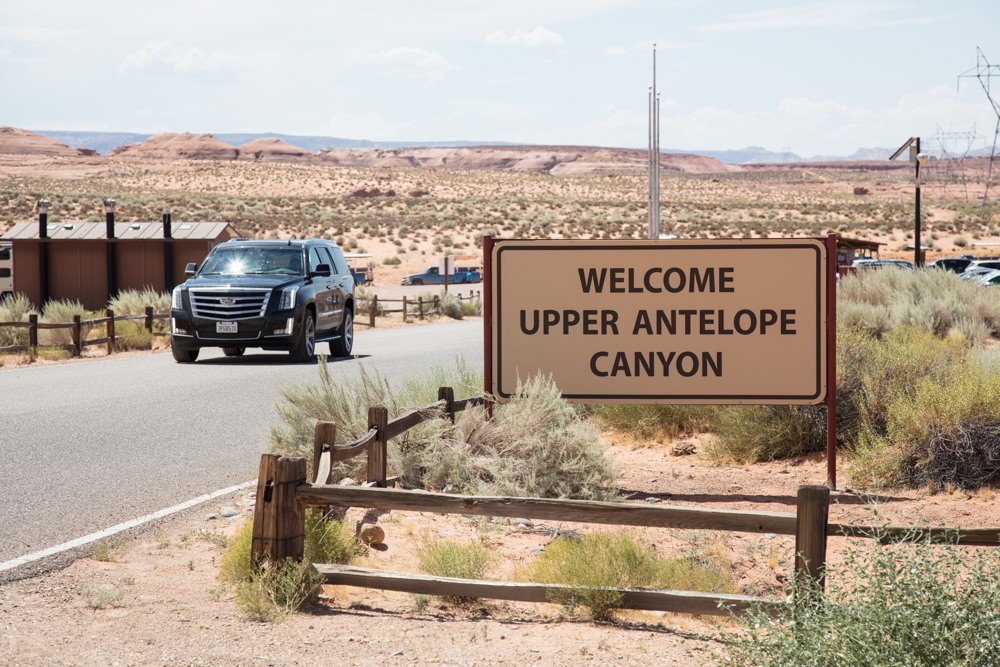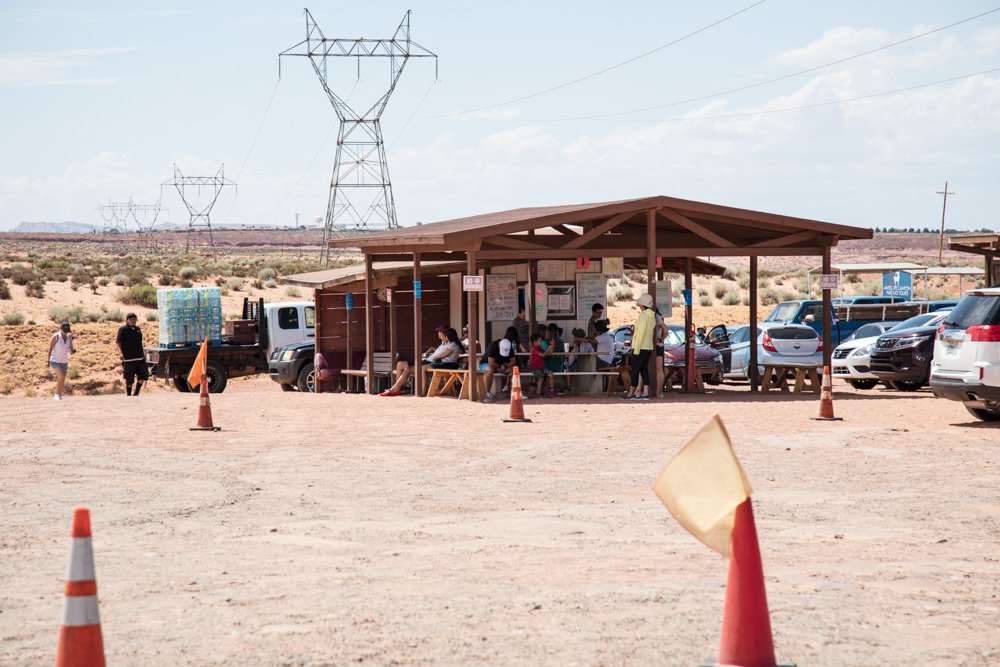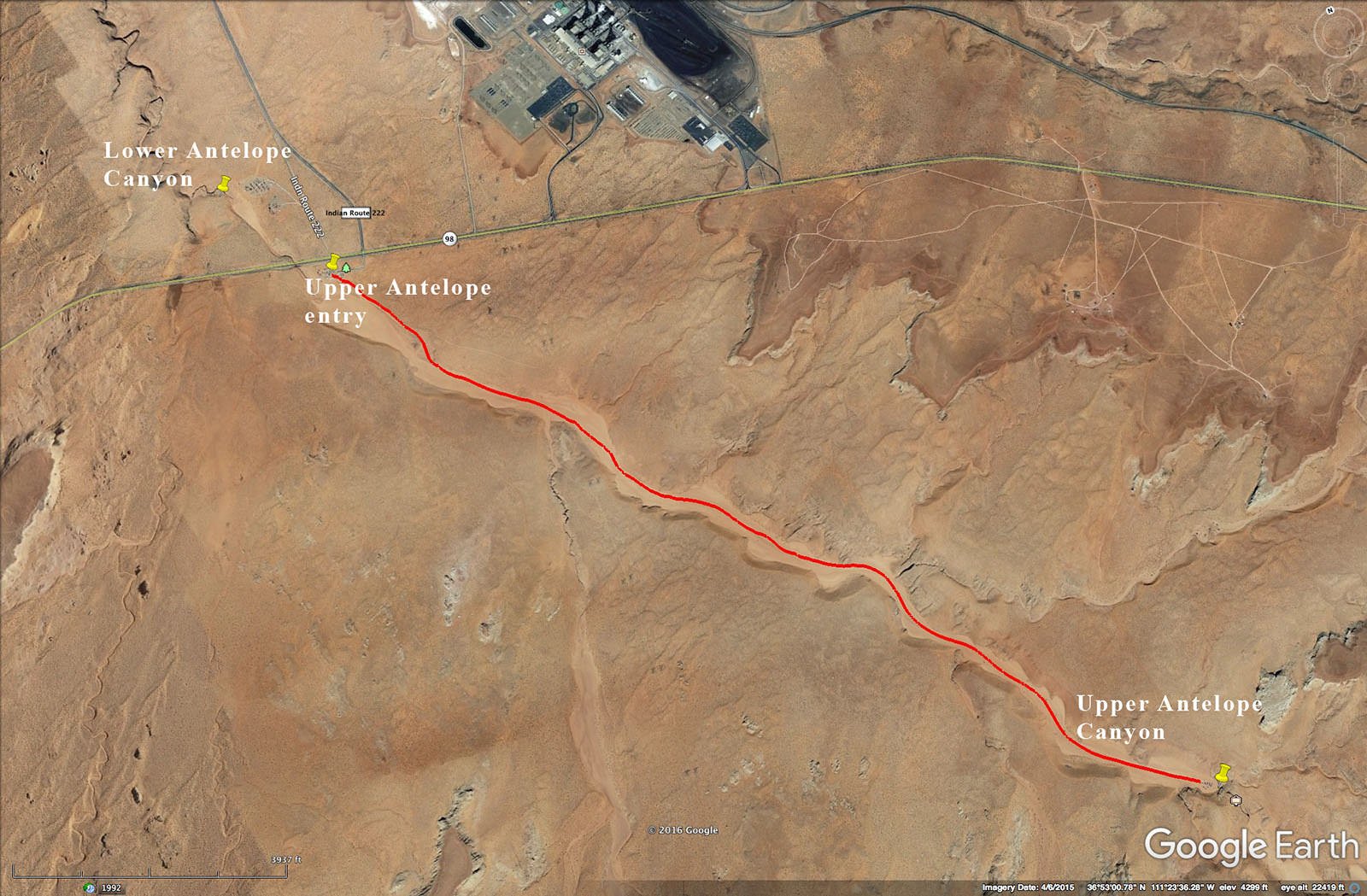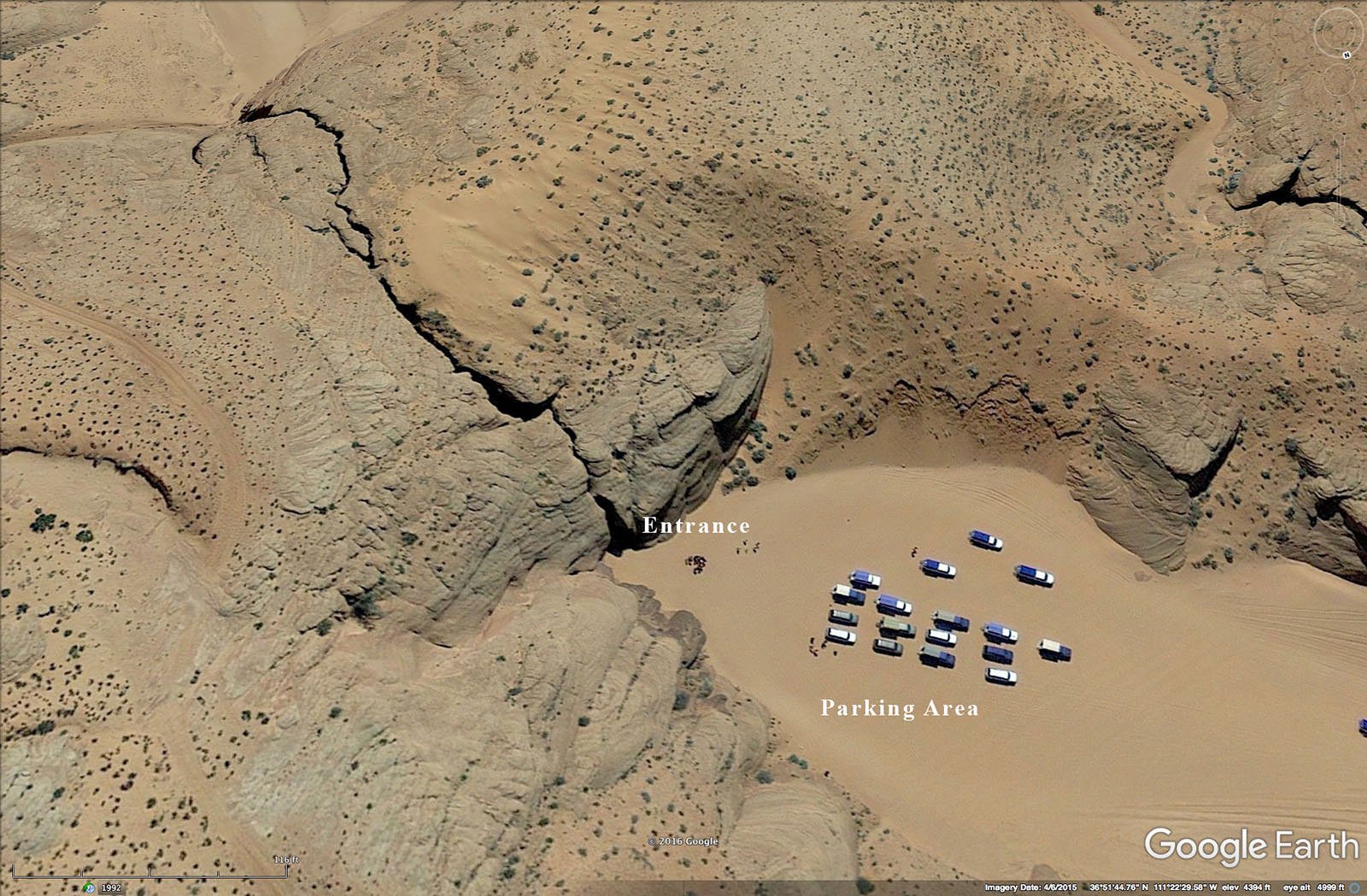Upper Antelope Canyon
Near Page, AZ
UPPER ANTELOPE CANYON
A BRIEF SUMMARY OF UPPER ANTELOPE CANYON
The Antelope Canyons (both Upper and Lower) are a photographer’s playground. The surreal colors created by the reflective sunlight combined with the ever-changing sandstone waves can produce some of the most exquisite abstracts anywhere in the southwest or even the world. I can say without hesitation, these canyons are some of the most incredible places I have ever visited.
The canyons are constantly changing (from flash floods), so the time of year and even the time of day can make the same location look completely different. What makes photographing the canyons so distinctive is the camera often will see a totally different color spectrum than the human eye will. The unequal color temperatures (Kelvin, not Fahrenheit) inside the canyons render reds, purples, blues, and oranges that your eye simply does not see.
There are two separate Antelope Canyons just outside Page, AZ: The Upper and the Lower Canyons are just up the road and across the highway from each other. It is a bit confusing, as the Upper Canyon is south side of the highway and the Lower Canyon is on the north side of the highway. The Upper Canyon is wider and shorter and is home to some unbelievable photographic opportunities. The Lower Canyon is narrower, longer and possesses some of the greatest abstracts anywhere.
The sunbeams in the Upper Antelope Canyon helped to put Page, AZ, on the map, and are home to the Peter Lik masterpiece, “The Ghost.” This short slot canyon has produced some of the most famous images in the southwest. But fame sometimes comes at a price— and that price is the circus of tourists and visitors each day.
Image by Mark Brodkin and location summary by Tim Wier
Annual Subscription
Lifetime Membership
DATA POINTS INCLUDED WITH UPPER ANTELOPE CANYON SUMMARY
I would rate the difficulty of this trail as a 3 on a scale of 1-5 (with 5 being most difficult). The Upper Canyon is a short ¼ mile from front to back, and it is on level ground. The only reason the trail difficulty is a 3 is the stress of dealing with the crowds. The canyon is fairly wide open, except for a few spot that narrow in places.
If you get anxious around large crowds of people, this may not be the place for you.
The owners of the tour groups are very firm with restrictions on when they allow hikers in the canyons. NEVER, EVER take lightly a flash flood warning in these canyons.
Photography inside a slot canyon is different than any other place you have ever been. The canyons are much darker than the outside and usually require a 2-10 second exposure. The abstract formations are often seen differently through a viewfinder compared to your eye. I usually take a lot of test shots (at a very high ISO with a fast shutter speed) to scout for unique formations and colors. If I find one I really like, I reset my camera, place it on a tripod, and use the lower ISO and longer shutter speed.
Most shots in the canyons are with ultra wide to standard lenses. My recommendation is to carry only 1 zoom lens (16-35 or 24-70) so you are not tempted to change lenses while in the canyon. The micro sandstone dust in the canyons is very destructive to photography equipment. If you must change lenses, do so outside the canyon.
4,158 Ft. Elevation
Other Resources Available with Membership
KMZ Trail File
Directions
Best Time of Day to Shoot
Best Time of Year to Shoot
Equipment Needed
Permits Required
Direction of Shot
Google Maps Birds-Eye-View
Number of Photographers to Expect
Cell Service
Overnight Lodging/Camping
Nearby Restaurants
Area Guides and Workshops
Other Resources














